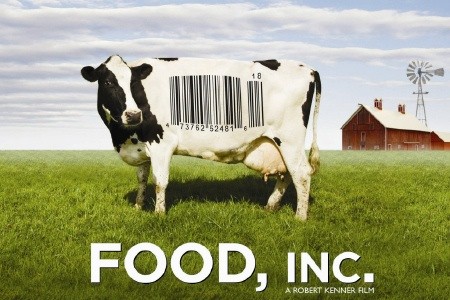What are you planning to do differently in 2012 that will help make an impact on our food system?
Since it’s the season of cleansing, organizing and setting some goals, it’s a good time to think about what some of your food resolutions might be for 2012. Hopefully you’ve taken a peek around the site, browsed through the blog, and learned more about the food system. To do some food good in the world, here are a few resolutions you might consider making:
- Read at least two books about the food system. Knowledge is power, so kick off your shoes and snuggle up with a book that will help you learn more about our broken food system and the people who are trying to change it. Need a little inspiration? Check out our Reading Room! Need even more inspiration? Check back later this year to join The Giving Table Book Club (launch TBD)!
- Participate in Meatless Monday. The factory farm industry isn’t treating the animals we eat with care. Supporting local farmers with grass fed beef is one way to help reduce demand for industrialized products. If everyone went meatless just one day per week, it would save 1.4 billion animals per year from life on a factory farm. Learn more in my recent blog post on the subject.
- Prepare more meals at home. Cooking at home with organic produce is a great way to limit your intake of processed foods, sodium and trans-fats. Your body will thank you.
- Shop at the Farmers’ Market at least once per month. Think of this as a leisure activity. With busy schedules, it might not be realistic to go every week, so pack up your family at least once per month and spend a couple of hours browsing stalls of fresh produce. Maybe pick up a vegetable you haven’t tried before! You can also join a CSA or farm fresh delivery service.
- Stay informed. Sign up for a newsletter that will keep you informed about happenings in the food industry, such as Food Democracy Now or Civil Eats.
- Designate funding to organizations fighting hunger. It doesn’t have to be a lot (just $1 can help connect a child to up to 10 nutritious meals through Share Our Strength), and every little bit helps. If you have the capacity, consider a small monthly gift to an organization helping to alleviate hunger and poverty in the US or abroad. Visit our Giving page to find an organization that suits your needs.
 Joel Salatin of
Joel Salatin of